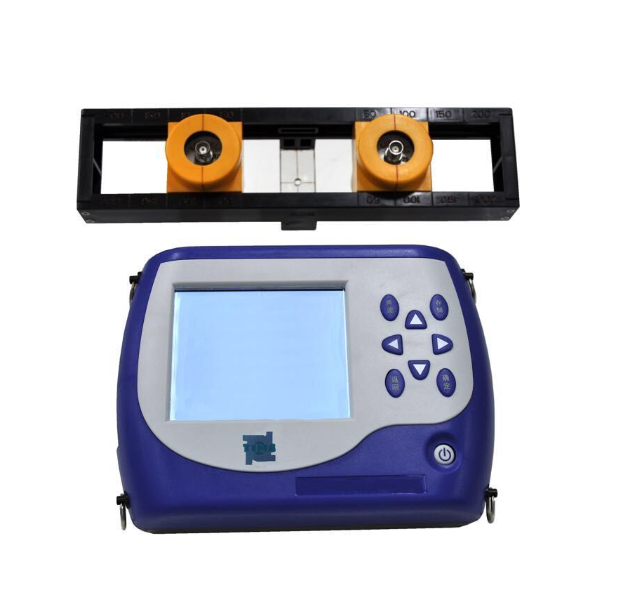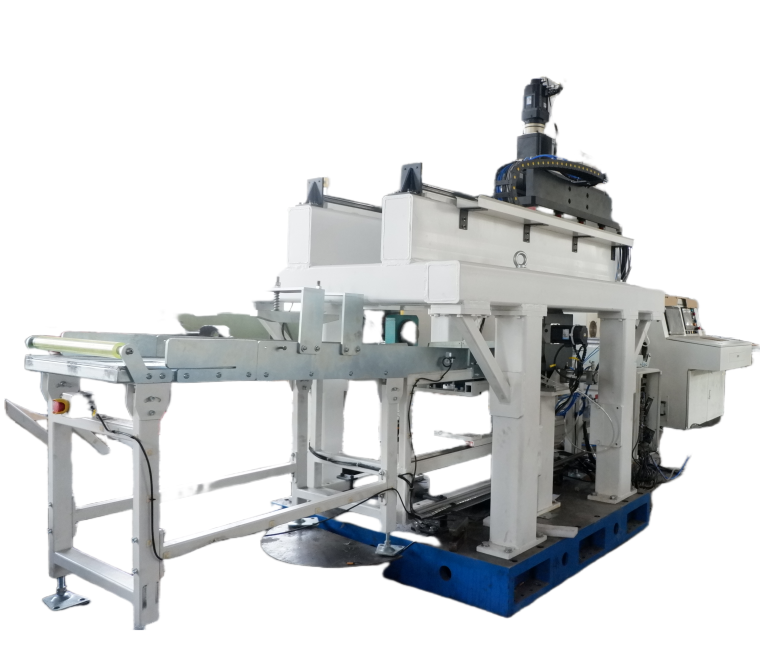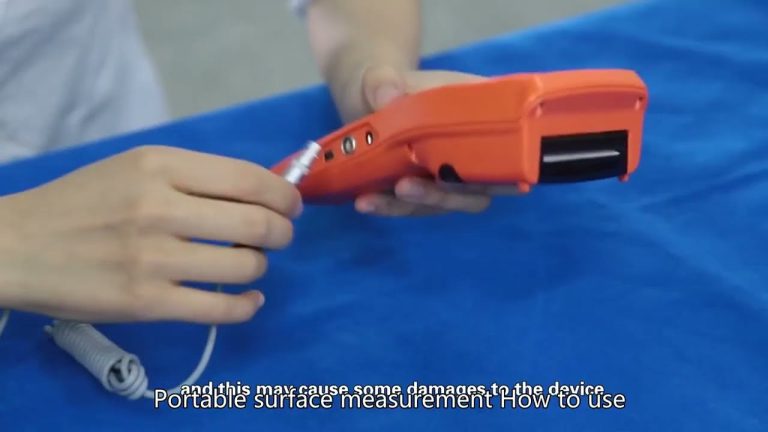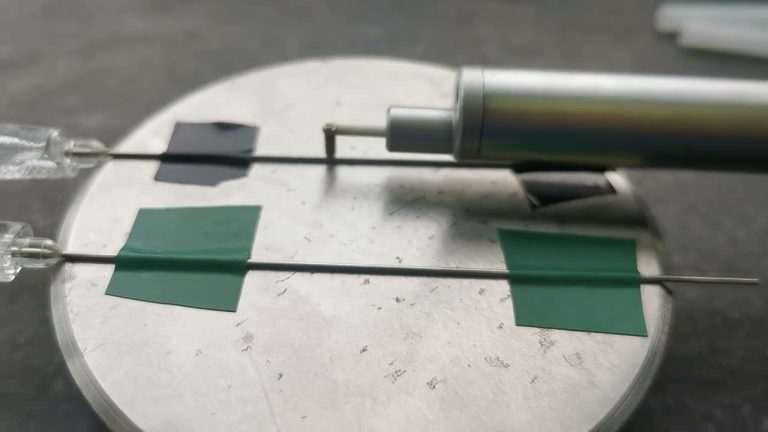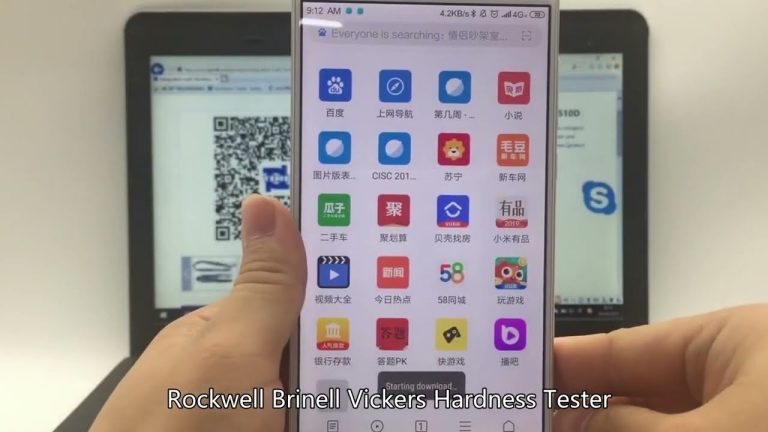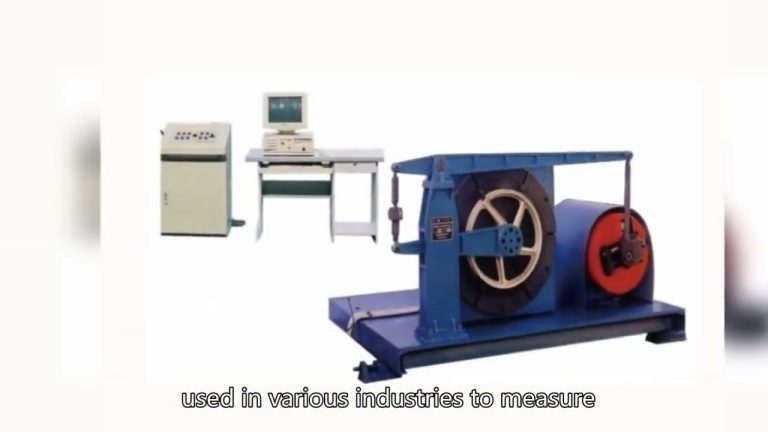BEIJING TIME VISION AI INSTRUMENT LTD.
https://timetech-ndt.com/
Email: timehardnesstester@gmail.com
WhatsApp: 008615201625204
——————————————————————————————————–
The coating thickness gauge is an ultra-small measuring instrument that can quickly, non-destructively and accurately measure the thickness of the non-magnetic coating on the magnetic metal substrate. It can be widely used in manufacturing, metal processing industry, chemical industry, commodity inspection and other testing fields. Due to the small size of the instrument and the integration of the probe and the instrument, it is particularly suitable for engineering on-site measurements.
The ultrasonic thickness gauge measures thickness based on the principle of ultrasonic pulse reflection. When the ultrasonic pulse emitted by the probe reaches the material interface through the object to be measured, the pulse is reflected back to the probe, and the time it takes for the ultrasonic wave to propagate in the material is measured. Determine the thickness of the material being measured.
The ultrasonic thickness gauge is equipped with a high-temperature probe, which can measure high-temperature materials. The surface temperature of the workpiece to be measured can reach 300 degrees. Since the sound speed of this instrument is adjustable, it can measure the thickness of any good ultrasonic conductor material except steel at high temperatures.
El medidor de espesor de recubrimiento es un instrumento de medición ultrapequeño que puede medir de forma rápida, no destructiva y precisa el espesor del recubrimiento no magnético sobre el sustrato metálico magnético. Puede ser ampliamente utilizado en la fabricación, la industria procesadora de metales, la industria química, la inspección de productos básicos y otros campos de prueba. Debido al pequeño tamaño del instrumento y a la integración de la sonda y el instrumento, es particularmente adecuado para mediciones de ingeniería en sitio.
El medidor de espesor ultrasónico mide el espesor basándose en el principio de reflexión del pulso ultrasónico. Cuando el pulso ultrasónico emitido por la sonda llega a la interfaz del material a través del objeto a medir, el pulso se refleja de regreso a la sonda y se mide el tiempo que tarda la onda ultrasónica en propagarse en el material. Determine el espesor del material que se está midiendo.
El medidor de espesor ultrasónico está equipado con una sonda de alta temperatura, que puede medir materiales a alta temperatura. La temperatura de la superficie de la pieza a medir puede alcanzar los 300 grados. Dado que la velocidad del sonido de este instrumento es ajustable, puede medir el espesor de cualquier buen material conductor ultrasónico, excepto el acero, a altas temperaturas.

